
In the past several decades, modern life has revolved around a shared understanding of our homes. We see our homes as safe sanctuaries for living, relaxing, and raising our families. And as such, we’ve developed codes of conduct around keeping our homes clean, tidy, and void of anything unsafe or unsanitary. But have you thought, “What can I learn by testing my home biome”?

However, in recent years we’ve seen a rise in new health issues, which has sparked questions around the safety and health of our homes. We realize that our closed-in living spaces no longer include a relationship with our outdoor environment.
More importantly, researchers and experts are beginning to see that the lack of biodiversity inside our homes is problematic.
This has prompted some crucial discussions and research about what’s living and not living in our homes. Indeed, this may be the start of a new era of modern life where we change our ideas about what safe and healthy actually means for our home environments.
 What Is A Home Biome, And Why Does It Matter?
What Is A Home Biome, And Why Does It Matter?
The home biome refers to everything that lives in our homes. It may be surprising to hear that humans are the minority inside our own homes. In the book “Never Home Alone,” author and biologist Rob Dunn recounts the myriad of life that resides in our living spaces 1.
Not only do we live with other creatures like spiders and crickets, but we also share a home with thousands of tiny microbes, most of which are beneficial to us. The home biome matters as much to our health and well being as does a healthy diet or whether we get enough sleep each night 1.
Most of us have heard about the importance of a balanced gut biome. Yet, few understand that a balanced home biome is also essential. And that balance includes having many diverse microbes living in harmony with us 1,2.
In his book, Dunn refers to several studies looking at the differences between the home biome of modern people versus those who live surrounded by more biodiversity. For example, one study compared the microbes in modern homes with those of homes that were more open and connected with nature.
It turns out that the children raised in homes that contained more biodiverse soil-based microbes did not suffer from allergies, asthma, or other inflammatory conditions 1,3.
Dunn also discusses other expert findings that reveal a relationship between our modern lives and inflammatory disease. It turns out that when the biodiversity around us decreases, human inflammation increases 1,3,4,5.
The presence of microbes in our home biome are required for our immune system to develop appropriately. A balanced home biome makes for a balanced immune system that neither under- or over-reacts. The exact evolutionary reason for this health benefit isn’t completely understood yet. However, we do know that a closer connection to outdoor biodiversity is what brings balance to the home biome 1,3,4,5.

In short, our physical and environmental health depends on living with diverse microbes. And these microbes must include those found in the soil and natural environment.
We also know that a balanced home biome is a strong defense against the few harmful pathogens that can live with us. It’s interesting to note that out of thousands of microbes, only a few are actually harmful to us 1. Microbes such as mold, salmonella, and e.coli are the main ones that we try to avoid in our homes.
We now understand that a balanced home biome that includes soil-based microbes is what keeps these harmful pathogens from becoming a problem. We just need to figure out how to nurture a healthy home biome in this modern age.
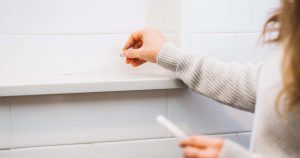 What Is Home Biome Testing?
What Is Home Biome Testing?
The first step in fostering a healthy home biome is to know what’s growing within its borders in the first place.
We know a musty smell points to mold growth. Or if we prepare food and someone gets sick, this may point to salmonella growing on our cutting boards or countertops. Our first reaction is to get rid of harmful microbes, but we rarely think about how to bring in good microbes that may be of help to us.
But really, if we don’t know what’s growing in our homes, then we can’t do anything about it. So testing our home biome gives us an incredible tool for understanding the health of our home.
Many of us have used the ERMI test, which covers about 36 species of mold, while the HERTSMI test includes about 5 species. In this way, we no longer have to guess what’s happening with our home biome. Instead, we can understand the health of our home by identifying any potential dysbiosis.
 What Is Environmental Dysbiosis?
What Is Environmental Dysbiosis?
Again, we are beginning to understand what happens to us when our gut biome is out of balance. By now, many people have heard of dysbiosis in our gut and the accompanying health issues. Now, we need to look at dysbiosis in our home environments.
Dysbiosis refers to a biome that is out of balance. This means that certain harmful microbes are growing unchecked, while other good microbes are not growing enough 7.
The reasons why we have dysbiosis in our gut are actually similar to why we might have it in our homes. In essence, we kill off too many good microbes, which allow the bad ones to grow. In the case of our homes, this often happens by over-cleaning with harsh antimicrobial solutions 8,9,10.
Research shows that mold can indeed be much more common in household areas that are “too clean”. And in the regions that are less cleaned, there is a higher diversity of microbes and less mold 8,10.
What Can I Learn From The Results of My Home Biome Test?
By testing the home biome, not only can we learn which harmful microbes may be growing in our homes, but we can actively do something about it. Also, we can understand more about the levels of beneficial microbes as well.
Through a home biome test, we can see if we have a mold problem or not. Mold growth says a lot about the dysbiosis of our homes because we know that rampant mold growth means a lack of diverse microbes 8,9,10.
Through a home biome test, we’ll know the exact species growing in our homes, which means we can take the necessary steps to improve balance. Some of these steps include bringing in more soil-based microbes while easing up on our cleaning practices.
Where we were once obsessed with getting rid of dirt, perhaps now we need to relax more. Because having a bit of outside dirt in our homes, is quite frankly, exactly what we need.
While it may sound like a radical idea to bring in more dirt and clean less, the research is clearly showing that this is necessary for reducing environmental dysbiosis 1,7,8. In turn, this improves our own health too 1,4,5,7.
As our modern homes are less connected to the natural environment, this means soil-based microbes are no longer living with us the way they once did. And as mentioned above, without this balance, we’re seeing a rise in inflammatory disease.

Conclusion
Indeed, new developments in home biome research are making us pay attention to what’s living or not living in our homes. An increase in mold likely means we don’t have enough beneficial microbes. And this means that our homes may be in a state of dysbiosis.
By testing our home biome, we can arm ourselves with the knowledge we need to prevent or fix dysbiosis. And since we now understand the connection between home dysbiosis and the rise of inflammatory conditions, we must take steps to prevent this.
As our modern dwellings continue to change and evolve, we’ll need to figure out how we can maintain healthy homes that somehow include a relationship with our natural environments. As creative and intelligent beings, there’s much we can do to restore balance. And testing our home biome is an excellent step towards creating that balance.
REFERENCES
1. https://robdunnlab.com/science-portfolio/never-home-alone/
2. https://science.sciencemag.org/content/336/6080/489
3. https://www.pnas.org/content/109/21/8334
4. https://www.ncbi.nlm.nih.gov/pubmed/19895627
5.https://www.nejm.org/doi/pdf/10.1056/NEJMoa1508749
6. https://www.ncbi.nlm.nih.gov/pmc/articles/PMC2791814/
7. https://letthemeatdirt.com
8.https://www.nature.com/articles/s41564-019-0593-4.epdf
9. https://www.sciencedirect.com/science/article/pii/S0013935115000304
10. https://journals.plos.org/plosone/article?id=10.1371/journal.pone.0064133
11. Homebiotic: Air Purifiers

 WHAT ARE PREBIOTICS?
WHAT ARE PREBIOTICS? WHAT ARE THE NUTRITIONAL BENEFITS OF PREBIOTICS?
WHAT ARE THE NUTRITIONAL BENEFITS OF PREBIOTICS? WHERE CAN YOU GET THEM?
WHERE CAN YOU GET THEM?
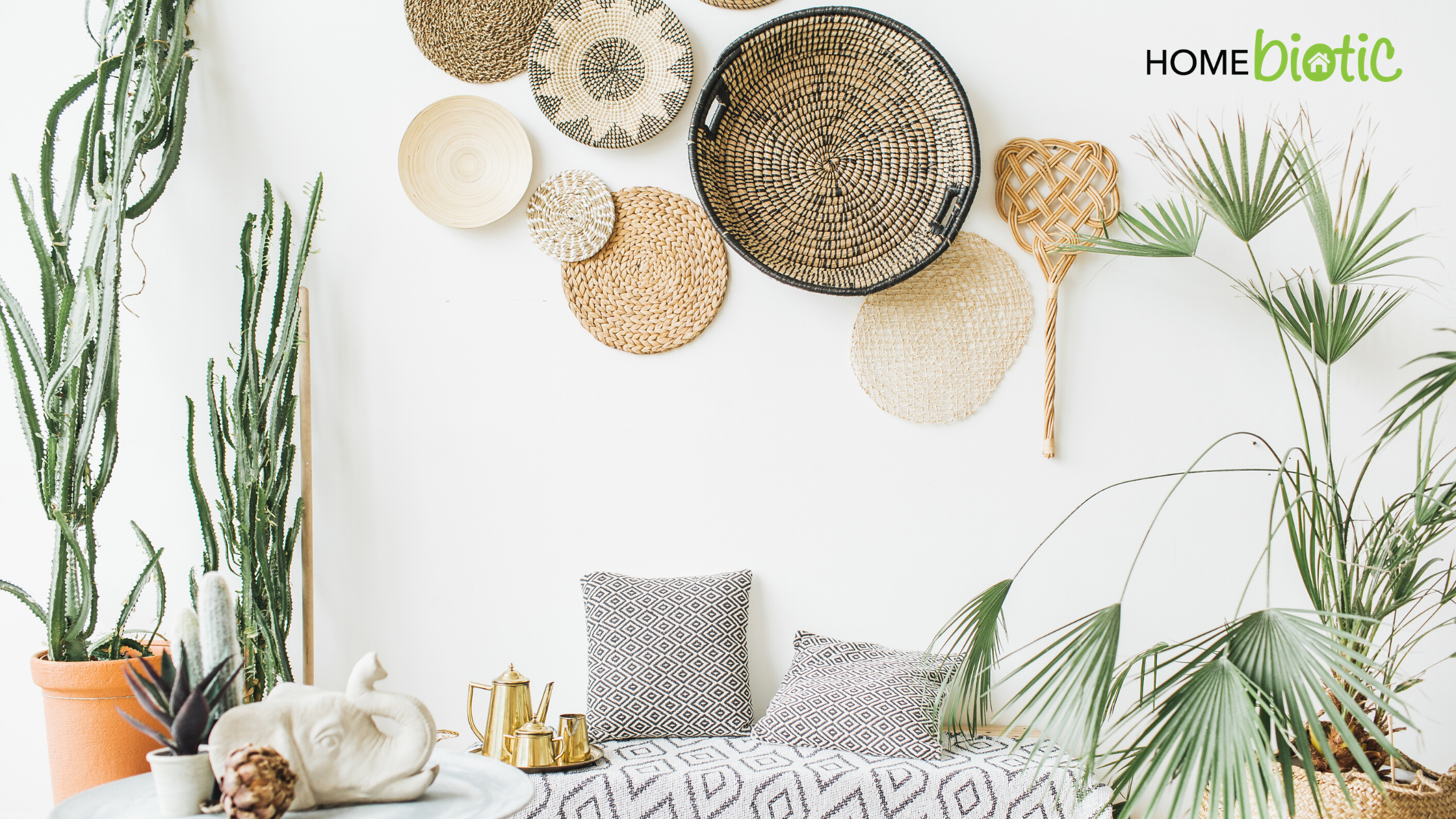
 WHAT MAKES YOUR HOME BIOME UNHEALTHY?
WHAT MAKES YOUR HOME BIOME UNHEALTHY?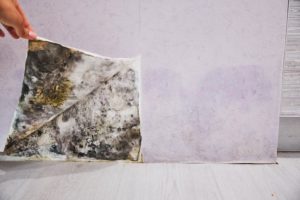 WHAT DO IMBALANCES LOOK LIKE IN THE HOME ENVIRONMENT?
WHAT DO IMBALANCES LOOK LIKE IN THE HOME ENVIRONMENT?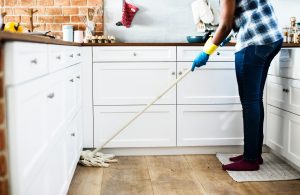
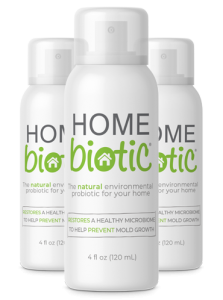
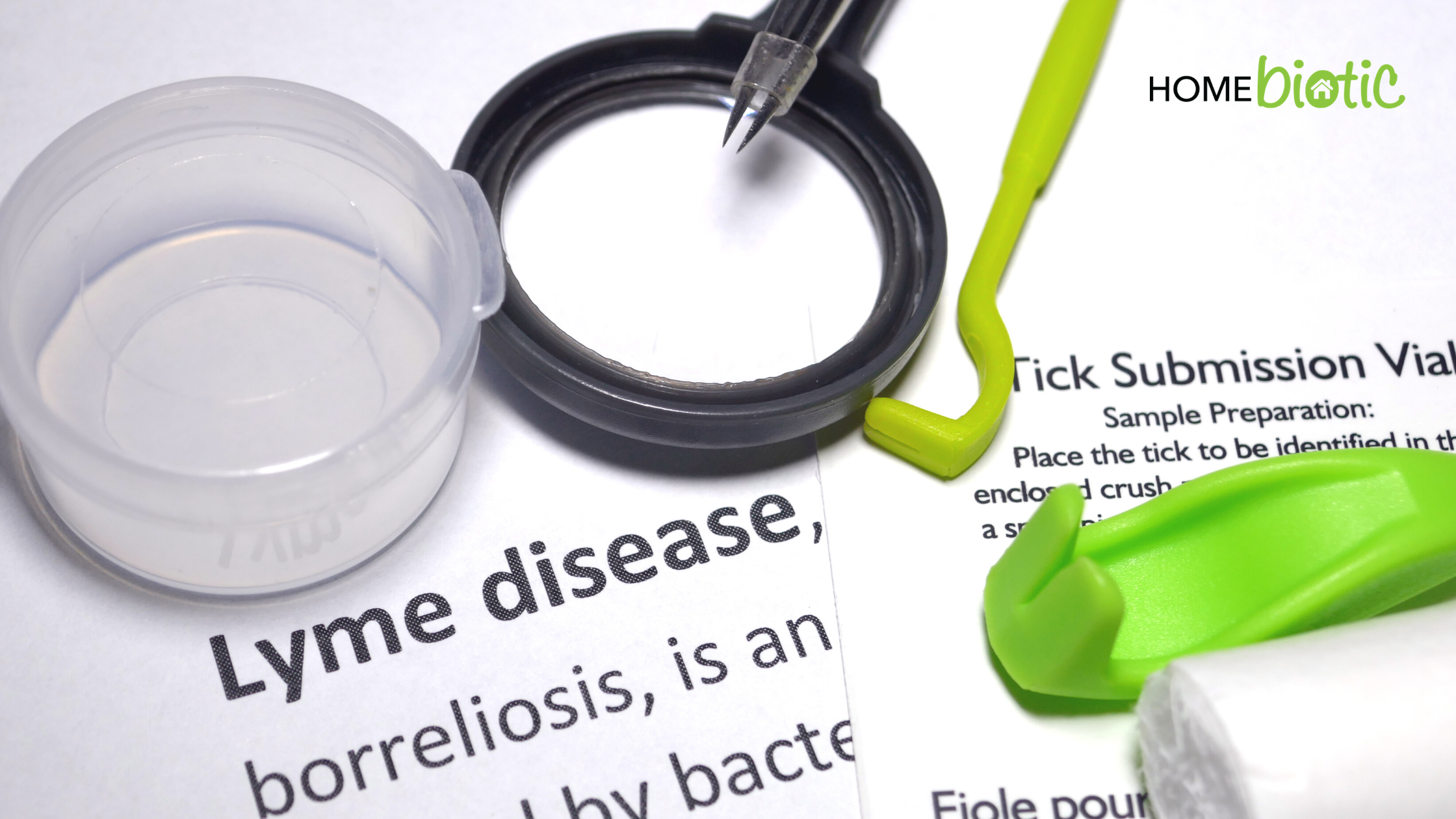
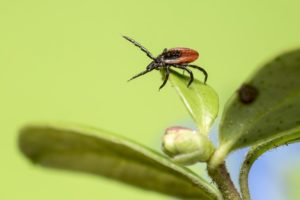



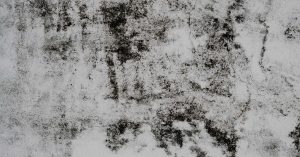
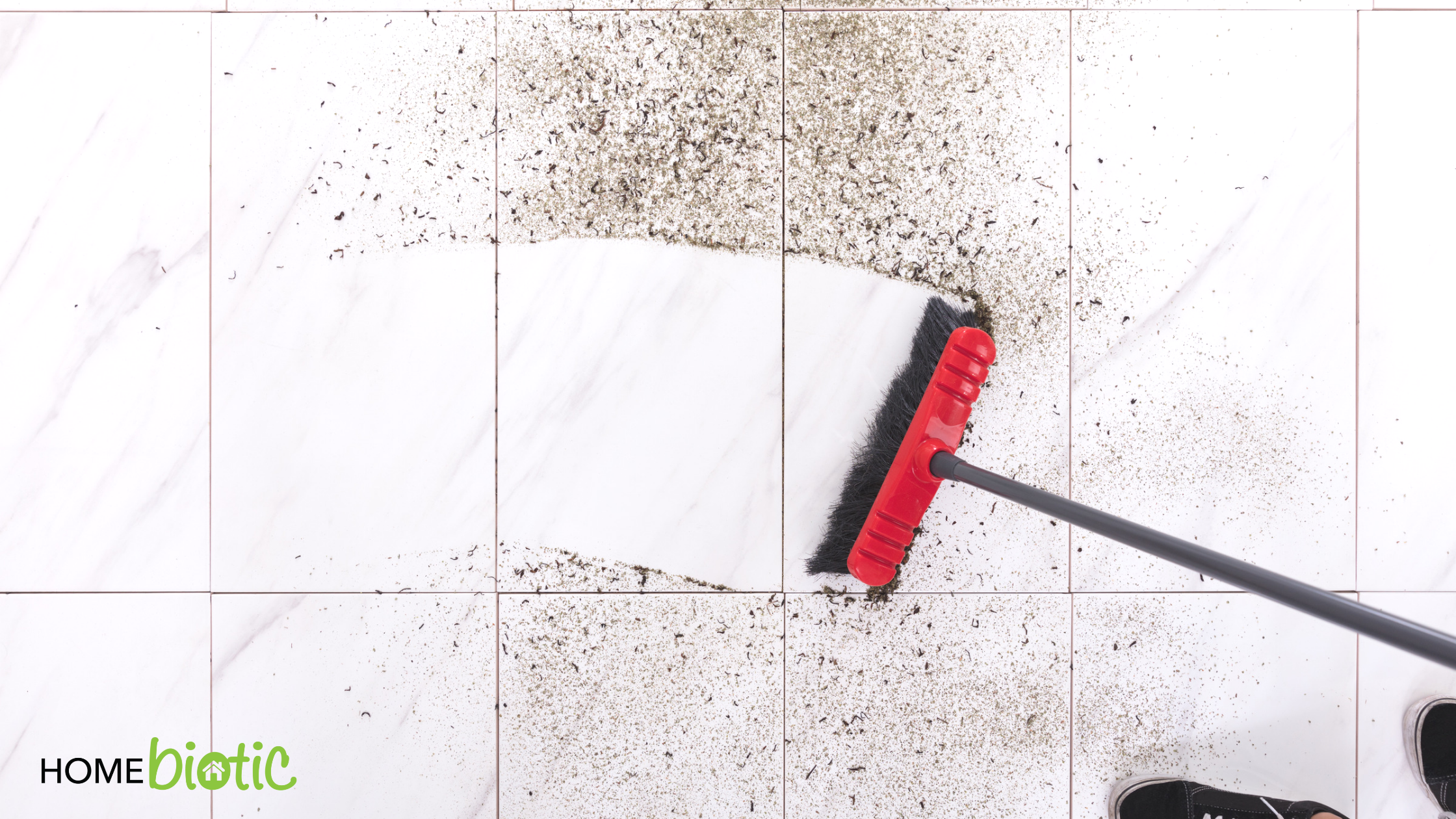

 Mold & Soil-based Microbes
Mold & Soil-based Microbes
 Where Are Soil-Based Microbes?
Where Are Soil-Based Microbes? Why Don’t We Have Them in Modern Homes?
Why Don’t We Have Them in Modern Homes?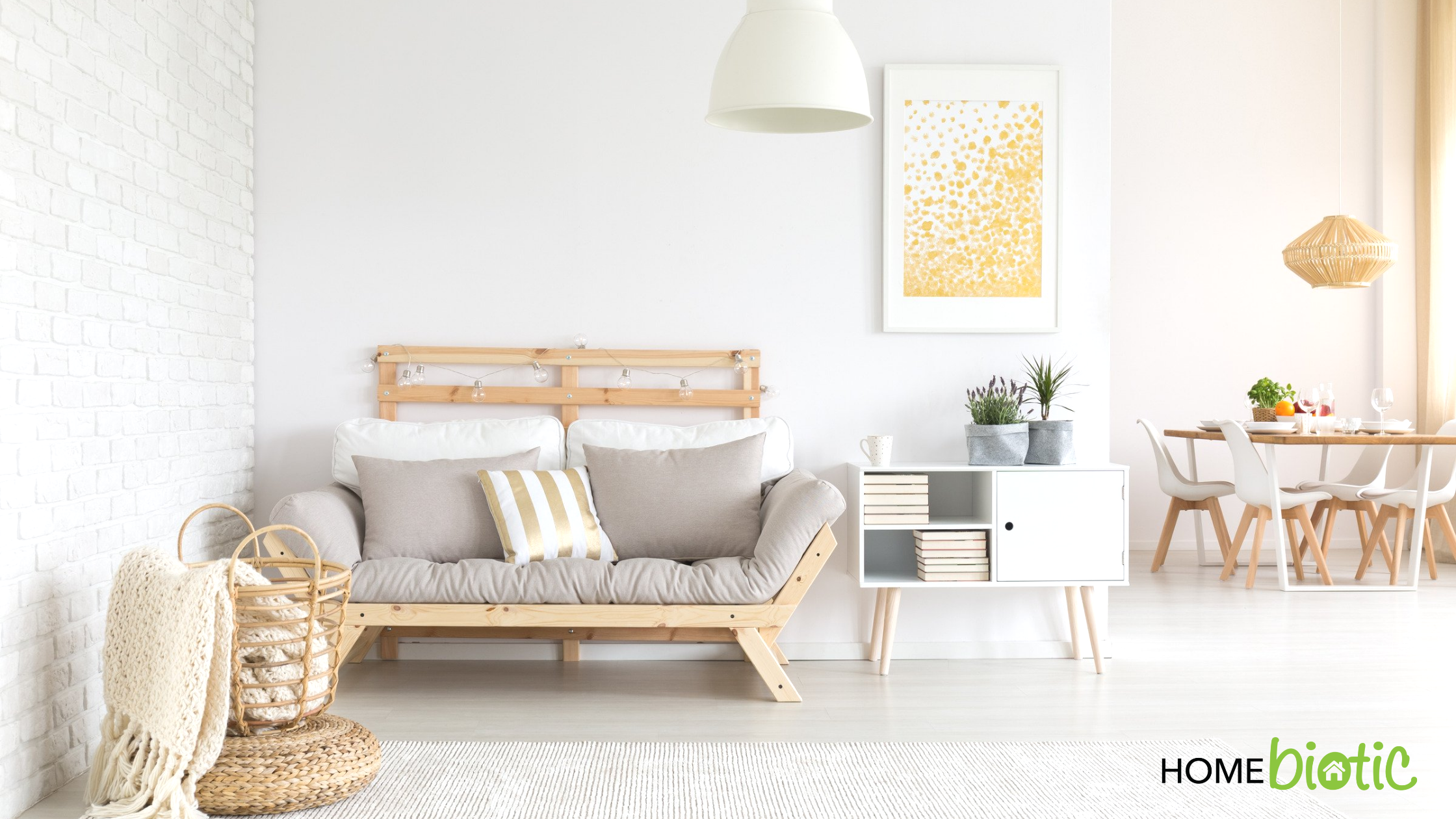

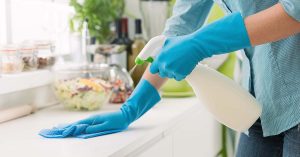 Choosing The Right Cleaning Supplies Will Decrease The Death of Healthy Microbes
Choosing The Right Cleaning Supplies Will Decrease The Death of Healthy Microbes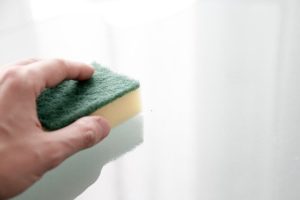 Less Cleaning Will Enhance The Growth & Health of Your Home Microbiome
Less Cleaning Will Enhance The Growth & Health of Your Home Microbiome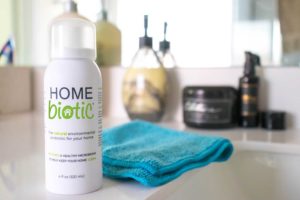 Adding More Soil-Based Microbes Acts Like a Probiotic
Adding More Soil-Based Microbes Acts Like a Probiotic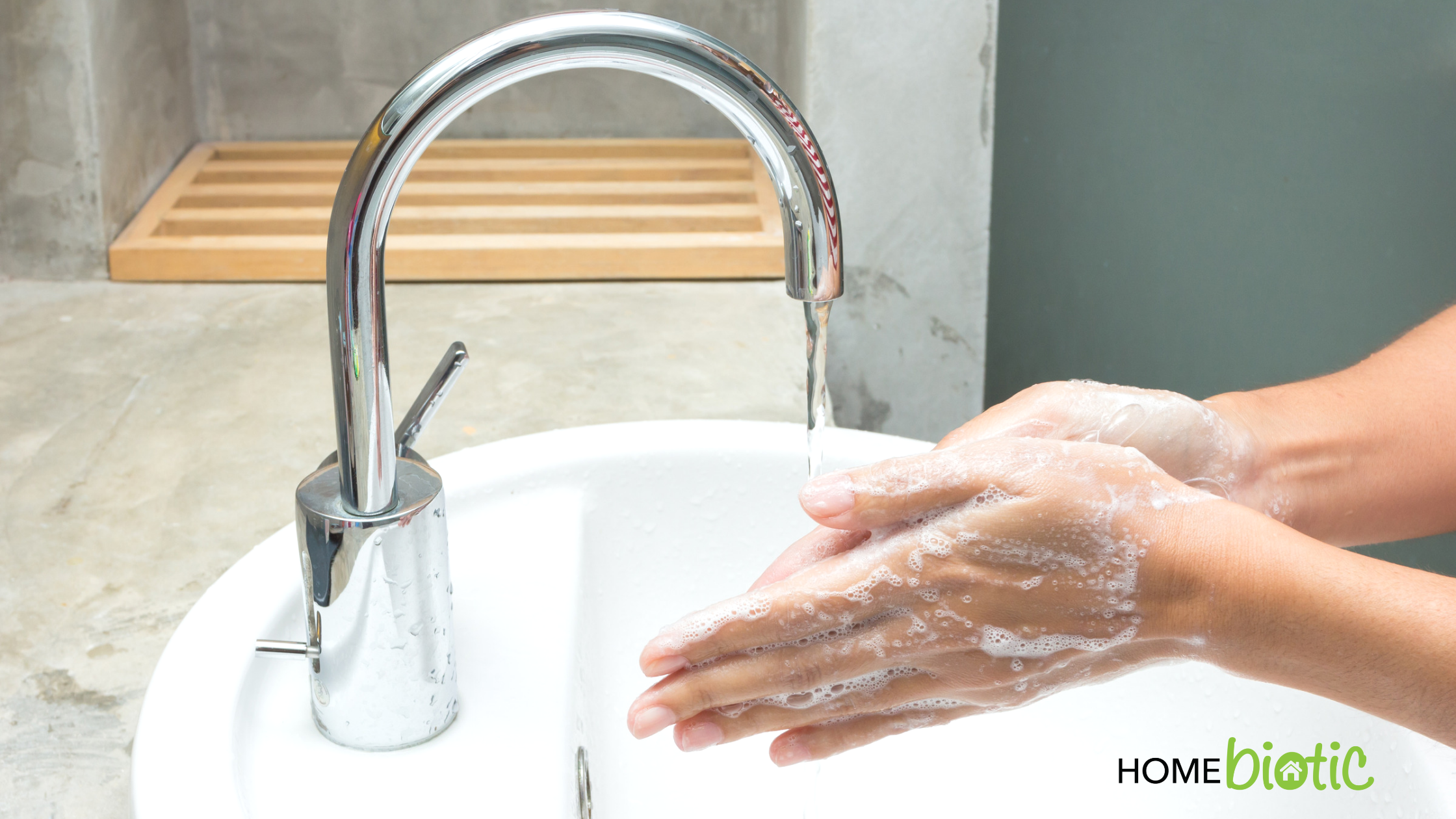
 Undoubtedly, in the past several months, there’s been a steady stream of antibacterial and alcohol-based soaps being marketed to the general public. And while these have great success in killing and washing viruses from our hands, we need to consider how often and where to use them.
Undoubtedly, in the past several months, there’s been a steady stream of antibacterial and alcohol-based soaps being marketed to the general public. And while these have great success in killing and washing viruses from our hands, we need to consider how often and where to use them.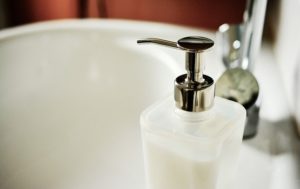
 Why Should We Avoid Over-Cleaning Our Skin?
Why Should We Avoid Over-Cleaning Our Skin?
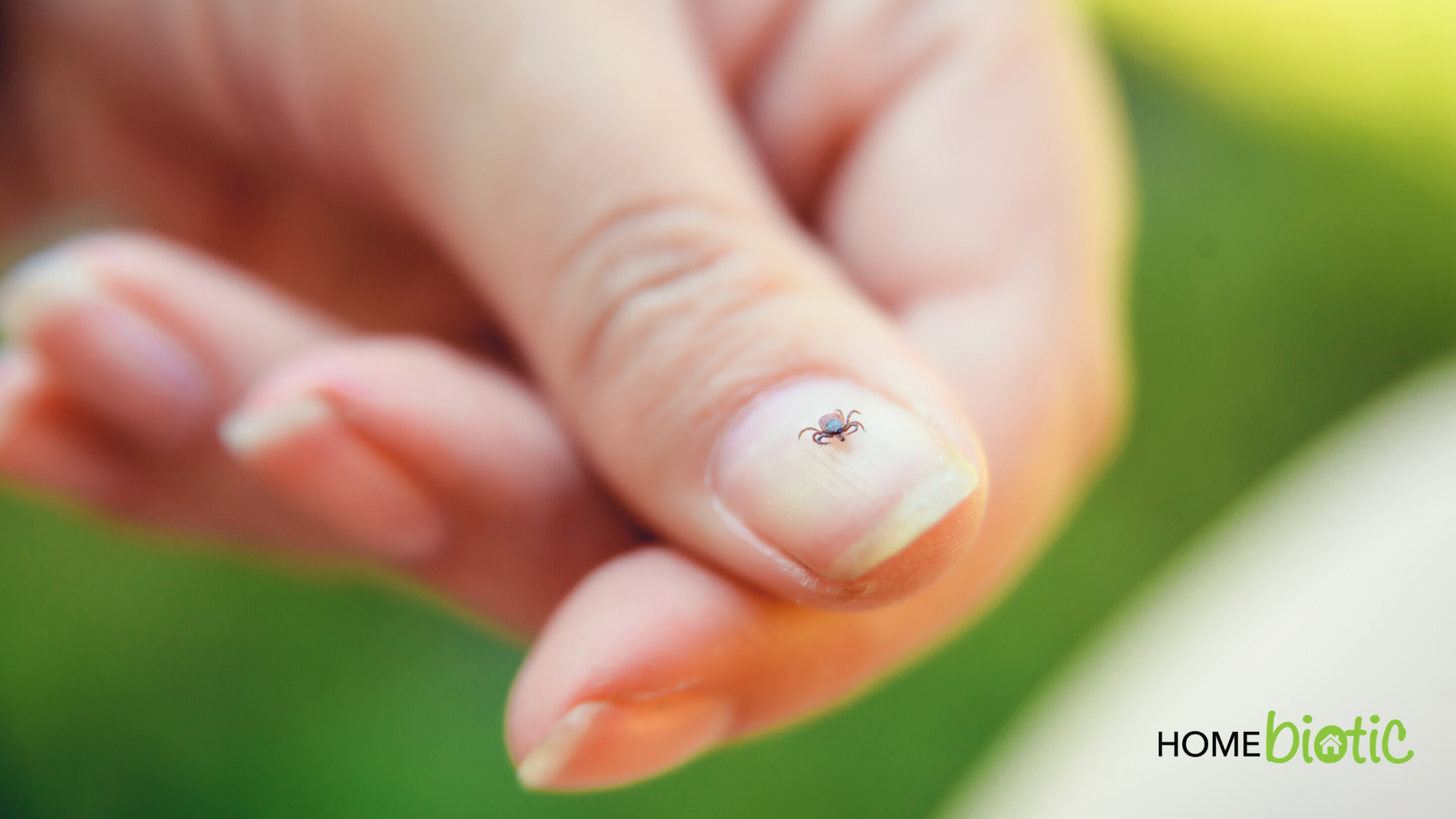
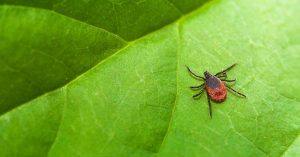
 How Lyme Disease Affects the Human Body
How Lyme Disease Affects the Human Body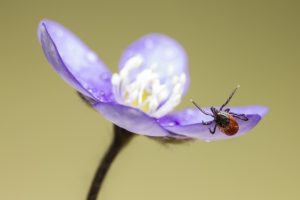 The Connection Between Mold & Lyme Disease
The Connection Between Mold & Lyme Disease

 What Is Home Biome Testing?
What Is Home Biome Testing? What Is Environmental Dysbiosis?
What Is Environmental Dysbiosis?

 What is The Gut Biome?
What is The Gut Biome? What is The Home Biome?
What is The Home Biome? How Are The Gut & Home Biome Related?
How Are The Gut & Home Biome Related?